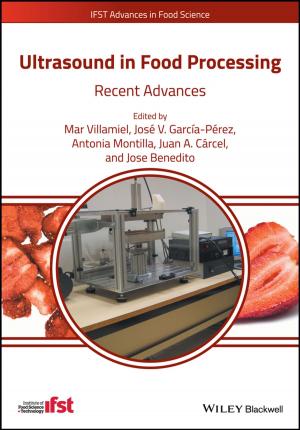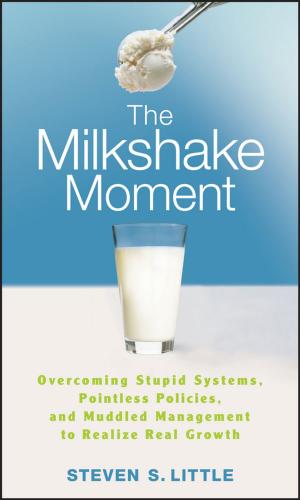Chemical Synthesis of Nucleoside Analogues
Nonfiction, Science & Nature, Science, Biological Sciences, Biochemistry| Author: | ISBN: | 9781118498101 | |
| Publisher: | Wiley | Publication: | February 12, 2013 |
| Imprint: | Wiley | Language: | English |
| Author: | |
| ISBN: | 9781118498101 |
| Publisher: | Wiley |
| Publication: | February 12, 2013 |
| Imprint: | Wiley |
| Language: | English |
Compiles current tested and proven approaches to synthesize novel nucleoside analogues
Featuring contributions from leading synthetic chemists from around the world, this book brings together and describes tested and proven approaches for the chemical synthesis of common families of nucleoside analogues. Readers will learn to create new nucleoside analogues with desired therapeutic properties by using a variety of methods to chemically modify natural nucleosides, including:
- Changes to the heterocyclic base
- Modification of substituents at the sugar ring
- Replacement of the furanose ring by a different carbo- or heterocyclic ring
- Introduction of conformational restrictions
- Synthesis of enantiomers
- Preparation of hydrolitically stable C-nucleosides
Chemical Synthesis of Nucleoside Analogues covers all the major classes of nucleosides, including pronucleotides, C-nucleosides, carbanucleosides, and PNA monomers which have shown great promise as starting points for the synthesis of nucleoside analogues. The book also includes experimental procedures for key reactions related to the synthesis of nucleoside analogues, providing a valuable tool for the preparation of a number of different compounds.
Throughout the book, chemical schemes and figures help readers better understand the chemical structures of nucleoside analogues and the methods used to synthesize them. Extensive references serve as a gateway to the growing body of original research studies and reviews in the field.
Synthetically modified nucleosides have proven their value as therapeutic drugs, in particular as antiviral and antitumor agents. However, many of these nucleoside analogues have undesirable side effects. With Chemical Synthesis of Nucleoside Analogues as their guide, researchers have a new tool for synthesizing a new generation of nucleoside analogues that can be used as therapeutic drugs with fewer unwanted side effects.
Compiles current tested and proven approaches to synthesize novel nucleoside analogues
Featuring contributions from leading synthetic chemists from around the world, this book brings together and describes tested and proven approaches for the chemical synthesis of common families of nucleoside analogues. Readers will learn to create new nucleoside analogues with desired therapeutic properties by using a variety of methods to chemically modify natural nucleosides, including:
- Changes to the heterocyclic base
- Modification of substituents at the sugar ring
- Replacement of the furanose ring by a different carbo- or heterocyclic ring
- Introduction of conformational restrictions
- Synthesis of enantiomers
- Preparation of hydrolitically stable C-nucleosides
Chemical Synthesis of Nucleoside Analogues covers all the major classes of nucleosides, including pronucleotides, C-nucleosides, carbanucleosides, and PNA monomers which have shown great promise as starting points for the synthesis of nucleoside analogues. The book also includes experimental procedures for key reactions related to the synthesis of nucleoside analogues, providing a valuable tool for the preparation of a number of different compounds.
Throughout the book, chemical schemes and figures help readers better understand the chemical structures of nucleoside analogues and the methods used to synthesize them. Extensive references serve as a gateway to the growing body of original research studies and reviews in the field.
Synthetically modified nucleosides have proven their value as therapeutic drugs, in particular as antiviral and antitumor agents. However, many of these nucleoside analogues have undesirable side effects. With Chemical Synthesis of Nucleoside Analogues as their guide, researchers have a new tool for synthesizing a new generation of nucleoside analogues that can be used as therapeutic drugs with fewer unwanted side effects.















